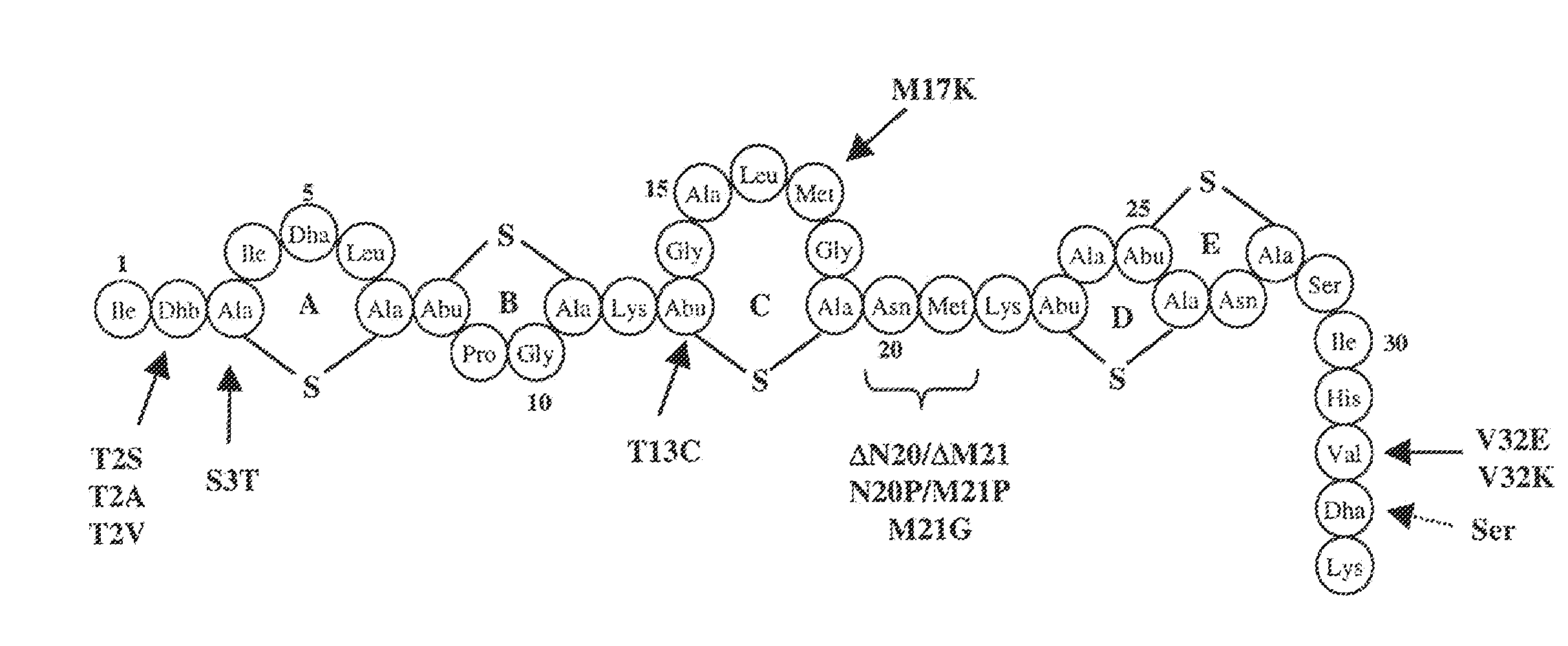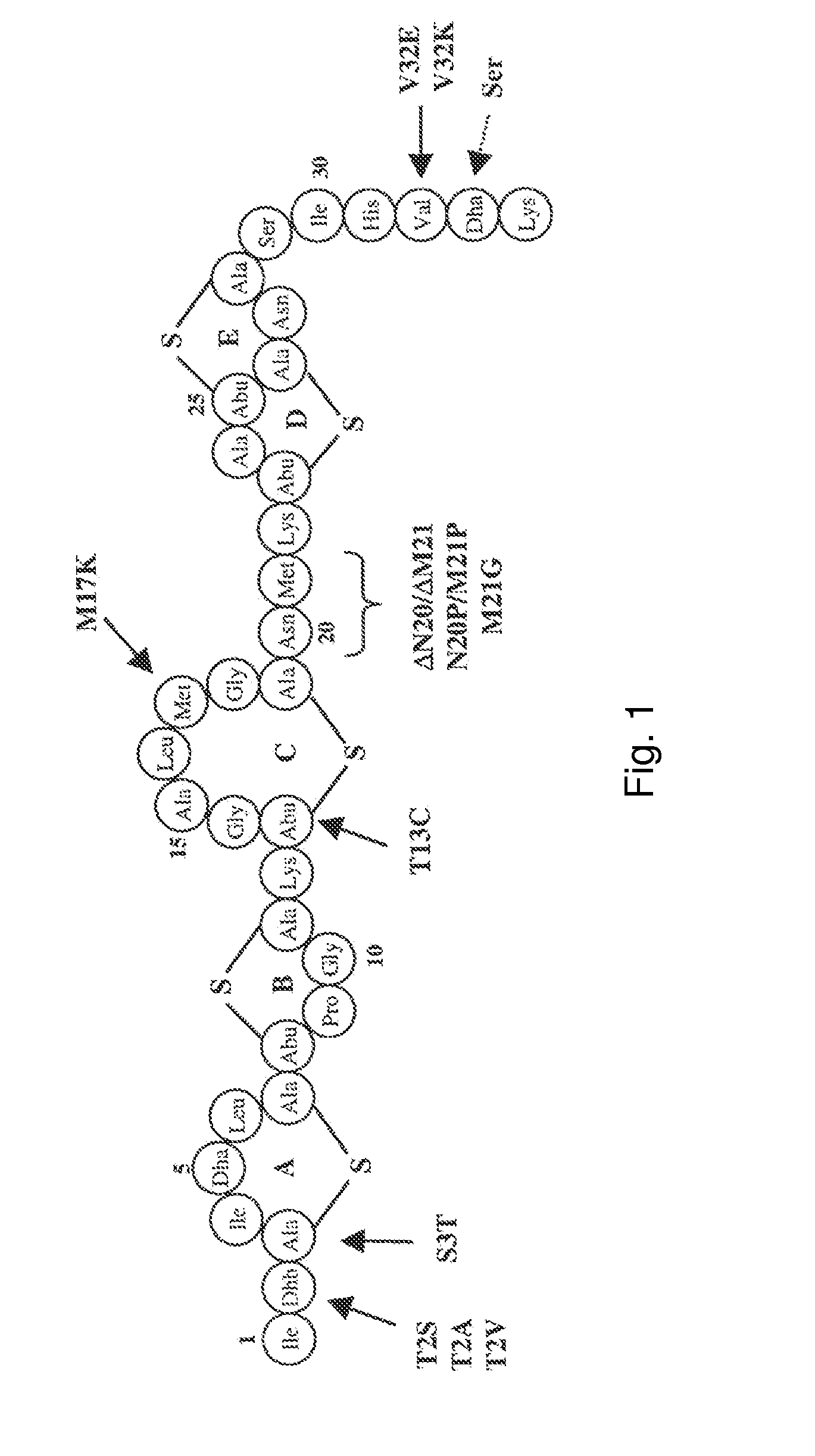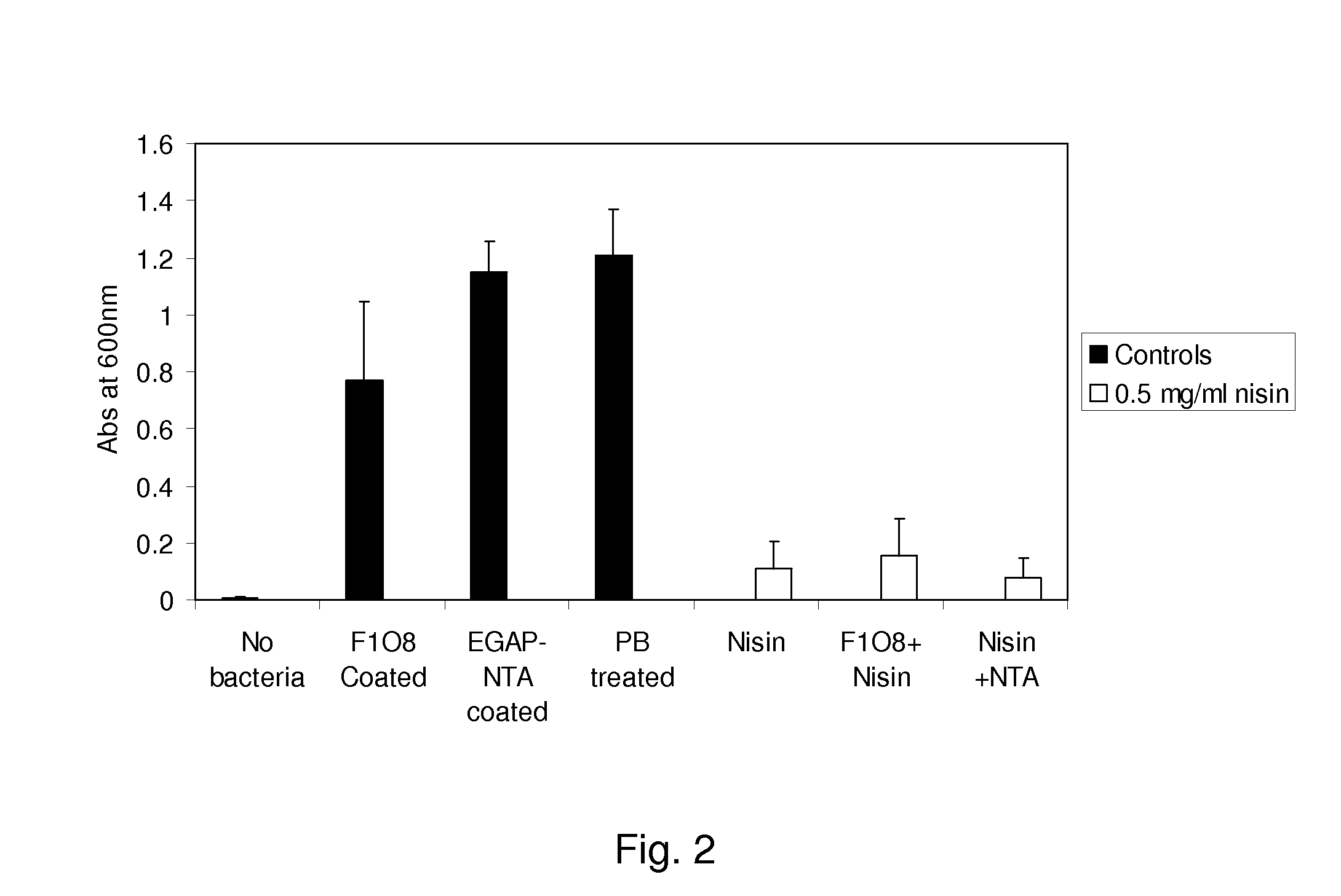Antimicrobial constructs
a technology of antimicrobial and constructs, which is applied in the field of biomaterials engineering, can solve the problems of affecting the adsorption, cleaning and solubility of most materials used in medical devices, the inability to effectively combat bacterial adhesion, and the inability to coagulate blood, etc., and achieves the effects of improving the potential for adsorption, cleaning and solubility, and easy application
- Summary
- Abstract
- Description
- Claims
- Application Information
AI Technical Summary
Benefits of technology
Problems solved by technology
Method used
Image
Examples
example 1
[0090]Preparation and Analysis of Coated IV Catheters
[0091]Substrate Coating:
[0092]IV catheters (24 G×¾″, Terumo) were cut at the base and then heat sealed using a Bunsen burner on either ends. The length available for study was 1.9 cm. Samples were prepared as indicated for n=4. Controls: (1.) Sample with No bacteria, (2.) Samples uncoated, (3.) Sterile phosphate buffer, 10 mM, pH6.0 (PB) treated samples, (4.) F1O8 (1% w / v) coated, (5.) EGAP−NTA (1% w / v) coated samples. (Other than 1 all others had bacteria culture). Samples under study: Nisin coated, F1O8 with Nisin coated and EGAP−NTA with Nisin coated. The nisin concentration was 0.5 mg / ml.
[0093]All the samples were rinsed with 1×H2O and the appropriate samples were coated with respective polymers in 1% w / v solution in sterile water overnight. The samples to be further treated with nisin and a control were then rinsed 3 times with PB.
[0094]Nisin Preparation: Nisin was dissolved in monobasic potassium phosphate. Dibasic potassium...
example 2
[0101]Duration of Activity of Coated Substrates
[0102]Substrate Coating:
[0103]Three variables were evaluated in this experiment:
[0104]1. the effect of combining a polymer coating with nisin
[0105]2. the effect of repeatedly challenging surfaces with fresh bacteria cultures over time versus a single incubation with bacteria followed by incubation in MRS
[0106]3. incubation time (3 or 7 days)
[0108]Polystyrene 24 well plates (sterile, non-tissue culture) (Falcon, Becton Dickenson) were rinsed with sterile diH2O and to the appropriate wells a 1% w / v sterile filtered solution of F108 or EGAP−NTA was added. The plates were placed on a shaker assembly at 250 rpm overnight.
[0109]Nisin Solution Preparation:
[0110]Nisin stock solution at concentration of 10 mg / ml in 0.1% trifluoroacetic acid (TFA) was dissolved in a solution of 0.1M monobasic, 0.1M dibasic potassium phosphate, 10 mM EDTA and diH2O to obtain a final concentration of 100 μg / ml at pH 6.8.
[0111]Nisin Coating:
[01...
example 3
[0125]Activity of Nisin on Microspheres in the Presence of Serum
[0126]The antimicrobial activity of nisin coated microspheres was compared to that of microspheres coated with a combination of PLURONIC® F108 and nisin after incubation with horse serum for 7 days.
[0127]Preparation of F108-Coated Surfaces.
[0128]Polystyrene microspheres (1.247 μm diameter, Part No. 81002497100290, Seradyn) were mixed with F108 (5 mg / mL) and incubated in phosphate buffer overnight on a rotator. The hydrophobic PPO block of the F108 molecule adsorbs on the polystyrene surface such that the hydrophilic PEO chains extend into the solution phase. Unbound F108 was removed from coated microspheres by repeated washing, including vortexing and sonication, centrifugation and re-suspension in phosphate buffer.
[0129]Nisin Loading and Incubation.
[0130]The F108-coated and bare microsphere samples were independently mixed with 8×10−3 mg / ml nisin and incubated in phosphate buffer for 1 h on a tube rotator at room tempe...
PUM
| Property | Measurement | Unit |
|---|---|---|
| concentration | aaaaa | aaaaa |
| concentration | aaaaa | aaaaa |
| concentration | aaaaa | aaaaa |
Abstract
Description
Claims
Application Information
 Login to View More
Login to View More - R&D
- Intellectual Property
- Life Sciences
- Materials
- Tech Scout
- Unparalleled Data Quality
- Higher Quality Content
- 60% Fewer Hallucinations
Browse by: Latest US Patents, China's latest patents, Technical Efficacy Thesaurus, Application Domain, Technology Topic, Popular Technical Reports.
© 2025 PatSnap. All rights reserved.Legal|Privacy policy|Modern Slavery Act Transparency Statement|Sitemap|About US| Contact US: help@patsnap.com



